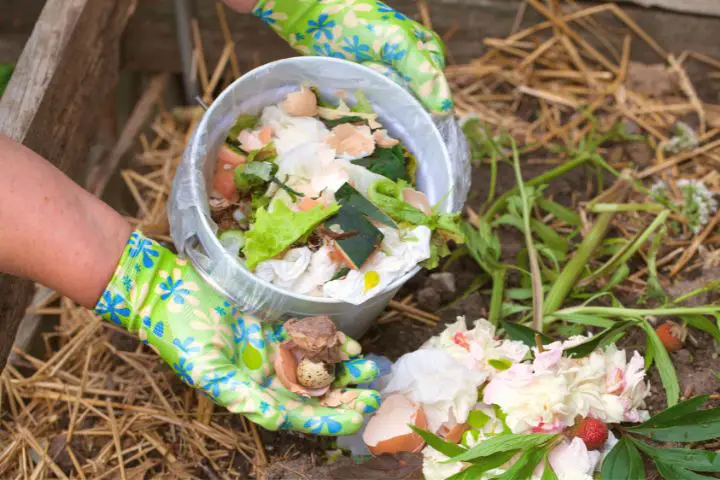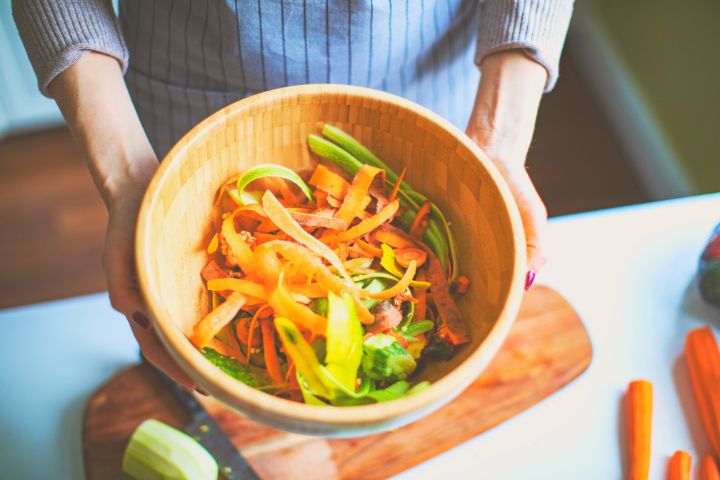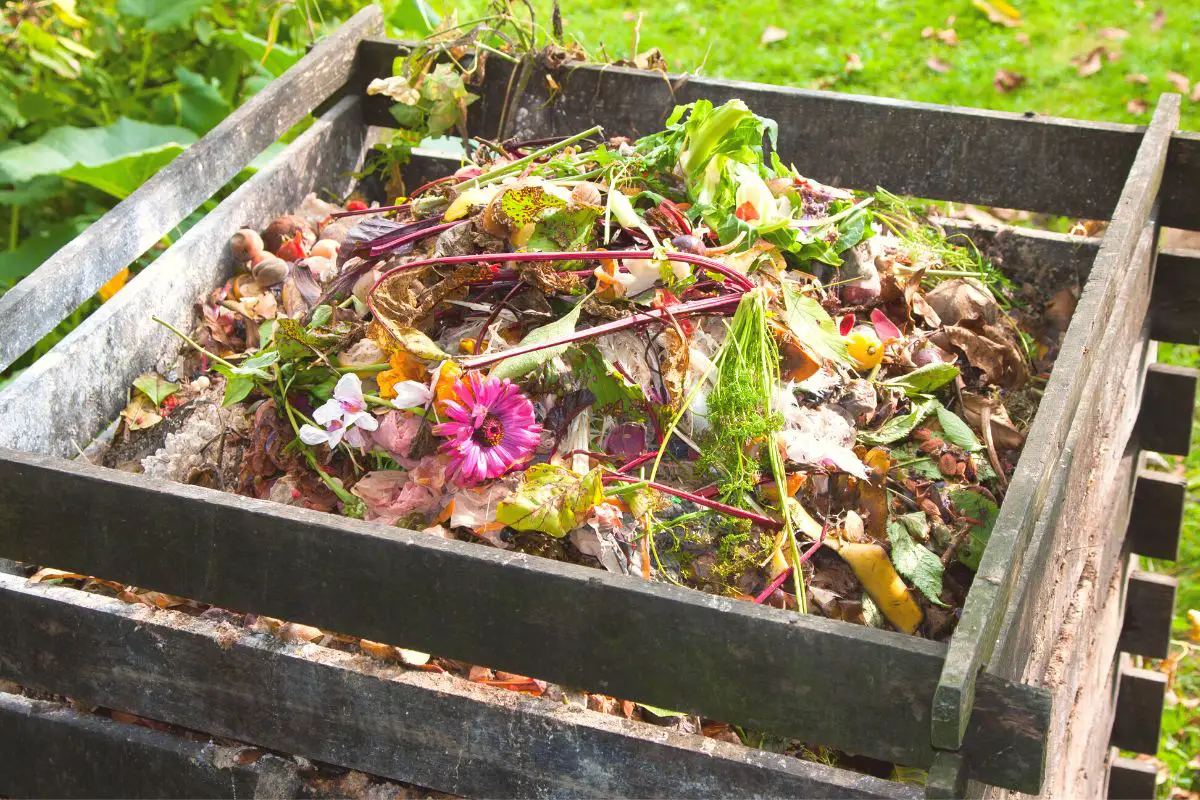How Composting Works: The Science Behind It
Have you ever thrown out leftover food from dinner into the bin and thought ‘this is a waste’? Well, you’re certainly right. Lucky for you, there’s a simple and effective way to reduce your waste – and you can do it from the comfort of your own home!
The answer is composting! Whether it is bokashi or worm farm or traditional compost pile, diverting food scraps from landfills makes sense!
Composting is a natural recycling process that turns organic materials such as fallen leaves,branches and food waste into a valuable soil fertilizer that can enrich your garden and provide important nutrients to your plants.
Whether you’re an avid gardener or just keen to reduce your carbon footprint, keep reading to find out more about how composting works.
Related Articles: Bokashi vs Compost and Best Bokashi Bucket
What is composting?
All organic matter will decompose eventually, but composting allows waste to decompose while reducing waste and improving soil health rather than in a landfill where it’ll sit for who knows how long!
Composting speeds up decomposition as our food waste is devoured by worms, bacteria, fungi, and other decomposing organisms that FEAST and, in doing so, break down waste materials. The final product is compost – a soil-like fertilizer that is rich in nutrients like nitrogen, phosphorus and potassium and can be used for gardening, horticulture, and agriculture.
How does composting work?

During composting, microorganisms eat the organic (carbon-containing) waste and break it down into its simplest parts through aerobic respiration. The key to effective composting is to create an ideal environment for the microorganisms to thrive. This requires:
- Warm temperatures
- Nutrients
- Moisture
- Plenty of oxygen
Stages of composting
Stage 1: Mesophilic Stage
This first stage is the shortest stage of the entire process, lasting only a few days. During this time, mesophilic microorganisms begin to physically break down the waste material that has been added to the compost pile – and they turn up the heat! The breakdown process causes temperatures to rise to about 68 to 113 degrees Fahrenheit (20 to 45 degrees Celsius) – the ideal temperature for mesophilic microorganisms to thrive and do their thing. In this stage, they are mostly breaking down carbon and nitrogen.
Stage 2: Thermophilic Stage
As the microorganisms continue chomping away on your leftover dinner, the temperature continues to rise – to a point where the mesophilic ones start to find it a bit stuffy! So, they decide to take a break and let thermophilic microorganisms take over the job.

This stage can last several days or several months, during which the thermophilic microorganisms break down your compost pile into even smaller pieces than the first stage, specifically proteins, fats and complex carbohydrates.
Thermophilic microorganisms love temperatures that go from 122 to 135 degrees Fahrenheit (45 and 70 degrees Celsius), so it is crucial to keep temperatures controlled for effective decomposition. Because the process naturally continues to release heat, unless managed correctly, the heat will go above suitable levels and kill off the organisms that are working so hard to recycle your waste! To keep temperatures at suitable levels, turn your compost pile every 2-3 days at most (turning it more frequently can cool temperatures down too much and disrupt the decomposition process). This will maintain ideal temperatures for your thermophilic microorganisms and also provide them more oxygen to thrive.
Stage 3: Cooling Stage
At this stage, your compost pile will start to cool down, allowing our old friends (mesophilic microorganisms) to make a comeback for another round of decomposition. This is when they will break down any leftover waste material.
Stage 4: Curing Stage
The final stage is the curing stage. The length of this stage depends on what materials you added to your pile, but generally takes a few months. The way to know if this stage is complete is to keep checking on your compost consistency – once you see all the large pieces are gone and the texture is consistent, that means your compost is ready.
What Are the Benefits of Composting?

Reduces Waste & Emissions
Composting is possibly the only way to recycle organic materials from your home. In fact, more than half of global food waste comes from homes. Not only that, but when waste degrades in landfills, because of the unsuitable mixture of various other materials, the process of decomposition releases great amounts of methane and carbon dioxide, which are major culprits of climate change. So rather than throwing away your fruit and veggie peels, sending them to a landfill where they will take years to break down and also release dangerous greenhouse gases into our air, you can instead toss them into your compost pile and let nature take its course!
Improves Soil Health
The final product of your composting efforts will be a nutrient-rich fertilizer that can do wonders for your garden. Healthy soil is key to growing anything, whether it be grass, flowers, or foods. Instead of spending your money on store-bought, chemically manufactured fertilizers that are likely to do more harm than good, why not take matters into your own hands and create a safer, organic option. The compliments from your envious neighbours will certainly be worth the effort!
Conserves Water
Any form of agriculture or gardening requires the consumption of water (a lot of it). As water scarcity continues to worsen all around, conserving water in any and all ways possible is extremely important – and compost is one of those ways!
When compost is added to soil, it creates a barrier and prevents excess moisture from evaporating into the air. It also increases the capacity of water that the soil can hold, so the need to water plants or crops becomes less frequent. This way, gardeners or farmers can use less water and still have equally successful (or even better!) results.

Final Thoughts
So, now that you can hopefully see the benefits and the science behind composting, you can easily get started on your own composting system at home or at work, and you’ll have a fabulous final product.
Frequently Asked Questions
What materials can be composted?
You might be tempted to throw anything and everything into your compost pile, but be warned! Some materials are greater than others. Things that you can compost include: fruits and vegetables, eggshells, coffee grounds and filters, tea bags, nut shells, shredded newspaper, paper and cardboard, yard trimmings including grass, leaves, branches, and twigs, houseplants, hay and straw, sawdust, woodchips and cotton and wool rags.
Things to avoid include: tree leaves, twigs and anything with pesticides (some of these can be dangerous for soil), social or ash, foods like dairy, eggs, oils, meat and fish (these are likely to give off odors that will not only be bothersome for you, but can also attract bugs and animals that can damage your garden and/or compost pile), sick plants, and pet waste.
Can you compost at home?
It is absolutely possible to compost at home – in fact, it’s the most ideal way to reduce individual waste! Composting is just as easy to do at home as it is on a farm, even if you don’t have a garden. You just need a few key items to get started. From there you just need to accumulate your waste materials and let nature get to work! Better yet, here’s multiple composting methods you can try, from traditional to Japanese, so you can try a few and figure out which one works best.

Is composting expensive?
The only cost required for composting at home is the initial investment in your compost bin – the rest is your waste and scraps! Costs of composting bins can vary from cheaper to more expensive, so you can decide how much you’re willing to invest. And if you’re looking to keep things as cost-effective as possible, you might not even have to purchase a bin – just have a look around your house for anything solid and sturdy that can hold your compost pile effectively and you’re good to go.






